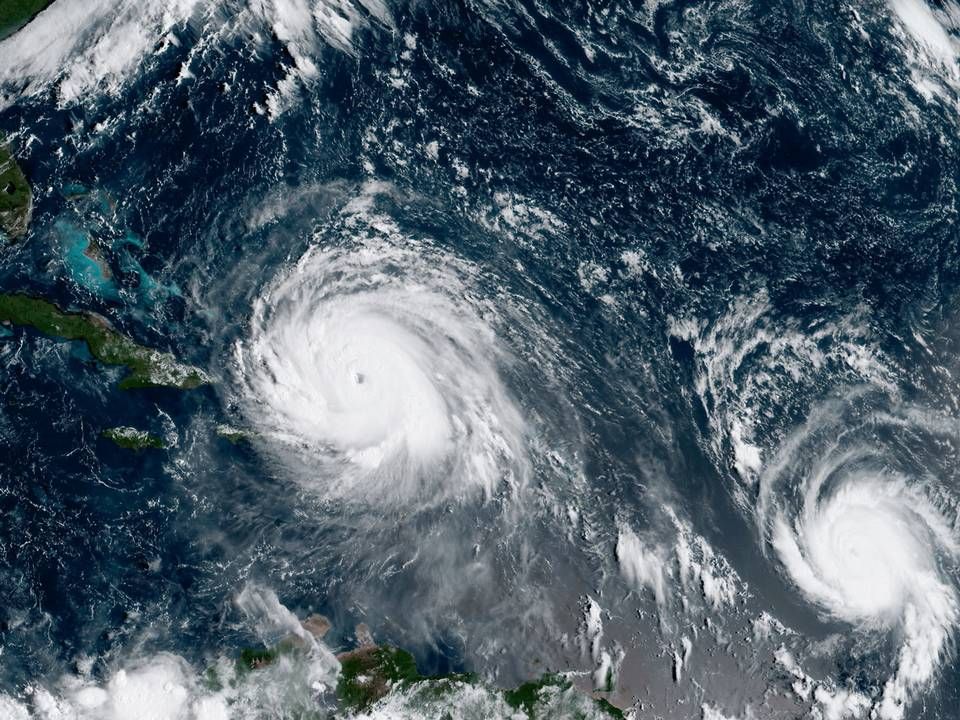Alecta prepared to increase cat bond exposure further after two new investments

Last week, Sweden's biggest pension fund Alecta invested USD 250m (EUR 219m) and USD 200m (EUR 175m) in investment funds focusing on insurance-linked securities (ILS) by reinsurance companies Swiss Re and Scor, respectively.
Tony Persson, head of fixed income and strategy at Alecta, is convinced that ILS can generate high-quality and uncorrelated returns. The reason is that returns are uncorrelated to traditional asset classes because the value of these financial instruments depends on an insured loss event.
ILS encompasses private transactions and publicly traded catastrophe bonds (cat bonds), which are debt instruments designed to raise money for companies in the insurance industry in the event of a hurricane, an earthquake or some other type of natural disaster. So far, at least, no signs have pointed towards a positive correlation existing between rising stock markets and the probability of a major hurricane hitting Florida's coast, for example.
This characteristics as a diversifier to the overall portfolio is a key reason why Alecta is ready to make more investments in the asset class. Another reason is the sheer size of Alecta, which has SEK 1,153bn (EUR 111.6bn) in assets under management. This means that the new USD 450m only represents 0.57 percent of the overall portfolio.
"You have to be prepared to use a few percent of the balance sheet to have an effect," Persson says to Dagens Industri.
Besides the diversification benefits, the investment requires a long-term perspective. A benchmark for the asset class is the Eurekahedge ILS Advisers Index, which tracks the performance of 28 equally weighted funds. The index delivered a small positive return last year and has since 2005 generated annualized returns of 4.28 percent, measured in USD terms.
In 2017 and 2018, though, returns were -5.34 and -3.50 percent, respectively. The reason that the asset class performed so poorly was because of an unusual number of hurricanes, typhoons and wildfires.
"Natural disasters are impossible to predict. If you are unlucky, it can be a costly year right away, which means that you have to put in more money. To get them back, you have to be willing to stay in the position for a long time, and it is the long-term perspective that makes us a good match. We can take a higher liquidity risk than many others, and we get a good premium for that here," Persson says to Dagens Industri in the wake of the two new investments.
Alecta claims lower carbon emissions than peers in new analysis
















